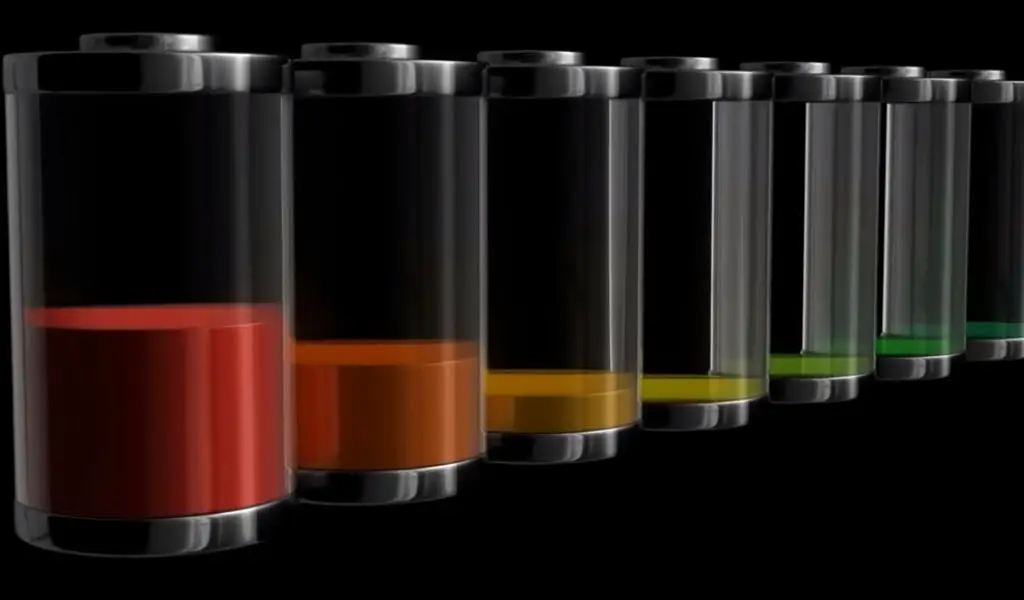Listen to the Podcast:
Researchers at the University of Oxford have discovered why lithium metal solid-state batteries (Li-SSBs) fail, potentially leading to better batteries for electric vehicles.
The team discovered that the formation and growth of “dendrites” short-circuit batteries. This could help solve some of the technical problems that are holding back the development of solid-state batteries.
- A new study has discovered how lithium metal solid-state batteries break down.
- The researchers used a high-resolution imaging method to see how the batteries were being charged in a level of detail never seen before.
- The new information could help solve technical problems with solid-state batteries and open the door to a technology that could change the way electric cars and planes work.
A new study led by researchers at the University of Oxford and published in Nature on June 7 could be a step towards making much better electric vehicle (EV) batteries. Using new imaging methods, they found the ways in which lithium metal solid-state batteries (Li-SSB) fail. If these problems can be solved, solid-state batteries with lithium metal anodes could make a big difference in the range, safety and performance of EV batteries and help advance electric aircraft.
The development of solid-state batteries using lithium metal anodes is one of the most significant challenges facing the advancement of battery technology, according to Dominic Melvin, one of the study’s co-authors and a doctoral student in the Department of Materials. of the University. from Oxford. Solid-state battery research has the potential to be very rewarding and game-changing technology, even though today’s lithium-ion batteries will continue to improve.
Because Li-SSBs use lithium metal as the anode (negative electrode) instead of the flammable liquid electrolyte found in traditional batteries, they stand out from other batteries. Safety is increased by using a solid electrolyte and more energy can be stored thanks to the use of lithium metal. But a major problem with Li-SSBs is that they are prone to short circuits when charged due to the development of “dendrites” – lithium metal filaments that run through the ceramic electrolyte. Researchers from Oxford University’s Departments of Materials, Chemistry and Engineering Sciences have carried out a series of in-depth investigations as part of the Faraday Institution’s SOLBAT project to learn more about how this short circuit occurs.
In this latest work, the group used an advanced imaging method called X-ray computed tomography at the Diamond Light Source to see dendrite failure during the charging process in more detail than ever before. The new imaging study showed that dendrite cracks start and propagate in different ways caused by different underlying mechanisms. Dendrite cracks start when lithium accumulates in holes below the surface. When the pores are full, charging the battery again increases the pressure, causing the battery to crack. On the other hand, propagation occurs when lithium only fills part of the crack. This is done by a wedge-opening device that pushes the crack from behind.
This new understanding shows how to move forward to solve problems with Li-SSB technology. Dominic Melvin said: “For example, the pressure on the lithium anode can be good to prevent gaps from forming at the interface with the solid electrolyte when the battery is discharging. However, our results show that too much pressure can be bad, making it more likely to grow dendrites and short-circuit the battery when charging.”
Sir Peter Bruce, Wolfson Chair, Professor of Materials at the University of Oxford, Chief Scientist at the Faraday Institution and corresponding author of the study, said: “It has been difficult to figure out how a soft metal like lithium can get through a dense and dense ceramic electrolyte. It’s tough, but many excellent scientists from around the world have made important contributions.” We hope that the new information we’ve learned will help advance solid-state battery studies toward a device that can be used in real life.”
A recent report from the Faraday Institution says that by 2040, SSBs could meet 50% of the world’s demand for batteries in consumer electronics, 30% of the demand in transportation, and more than 10% of the demand in aircraft.
In order to make high-power batteries with commercially viable performance for automotive applications, Professor Pam Thomas, CEO of the Faraday Institution, said: “SOLBAT researchers continue to develop a mechanistic understanding of low-state battery failure. solid. The research provides cell manufacturers with potential techniques to prevent cell failure in this technology. This research was prompted by an app, which is a perfect illustration of the kind of scientific breakthroughs the Faraday Institution was created to pursue.
Subscribe to our latest newsletter
To read our exclusive content, sign up now. $5/month, $50/year
Categories: Technology
Source: vtt.edu.vn

